Quick Summary
Digitizing your handwritten signature turns it into a secure digital image you can use to sign documents online. Once converted to a PNG or JPEG file, your signature remains authentic and legally valid for use across professional documents. For more information about e-signatures, visit our blog.
Tired of Printing and Scanning Signatures?
If you’ve ever printed a document, signed it by hand, scanned it back to your computer, and emailed it, you know how frustrating old-school signing can be. It’s slow, error-prone, and completely out of sync with the pace of modern work.
Whether you’re finalizing a contract, onboarding a new hire, or approving invoices, the back-and-forth of printing and scanning eats into the time you could spend getting real work done.
Today, digital workflows have made handwritten signatures feel like a relic. A digitized signature gives you the best of both worlds: your authentic handwritten signature, transformed into a digital file that’s ready to use across any document, from anywhere.
In this article, we’ll show you how to digitize your signature, meet legal standards, and use SignWell to sign and send documents effortlessly.
Why Listen to Us?
At SignWell, we’ve helped over 65,000 businesses simplify and secure their signature workflows. Our platform processes millions of digitized signatures across industries that demand the highest standards of professionalism and compliance. With years of hands-on experience, we understand what it takes to create signatures that are legally valid, high-quality, and easy to integrate into digital workflows.
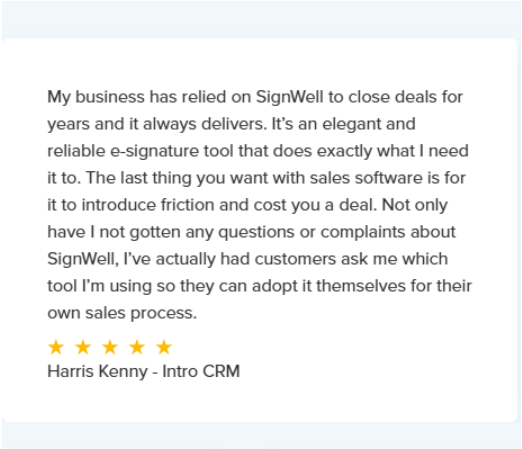
What Does It Mean to Digitize a Signature?
Digitizing a signature means turning your handwritten signature into a digital image file you can place on documents electronically.
Unlike electronic signatures created by typing or drawing directly in e-signature software, a digitized signature preserves the look and feel of your real handwriting while fitting seamlessly into digital workflows.
You can create one by scanning, photographing, or drawing your signature on a device, then saving it as a high-quality image file (like PNG or JPEG). For best results, aim for at least 300 DPI to keep your signature crisp and professional, especially for contracts, legal forms, and business documents.
How to Digitize a Signature: 4 Methods
1. Using SignWell’s Professional Platform (Recommended)
The easiest and most reliable way to digitize your signature is with SignWell. Our platform ensures professional-quality results, built-in legal compliance, and seamless integration with your document workflows.
Here’s what the process entails:
Step 1: Create Your SignWell Account
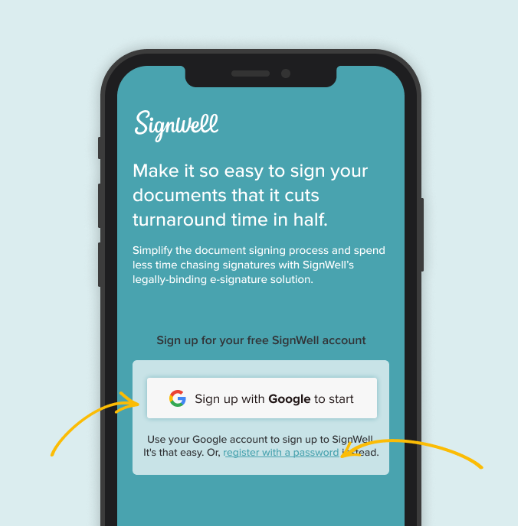
Start by visiting SignWell.com and creating your account. You have two options:
- Google Signup: Click “Sign up with Google” and authenticate with your Google account
- Email and Password: Choose “Sign up with email” to create your account
SignWell offers a completely free plan with no time limits, allowing you to test all core features before payment.
Step 2: Create Your Digital Signature
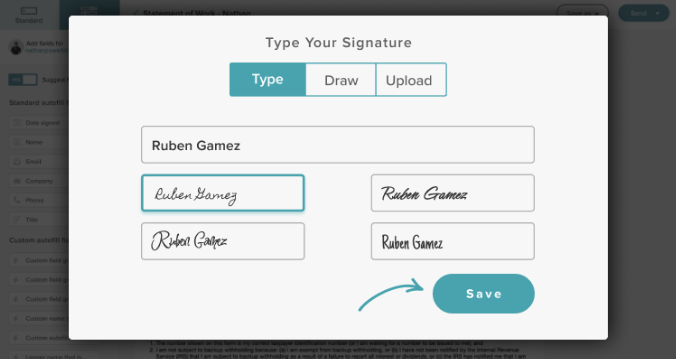
SignWell offers three professional methods to create your online signature:
- Draw: Use your mouse, trackpad, or touchscreen to draw your signature naturally with advanced drawing tools
- Type: Choose from professional fonts designed specifically for signatures
- Upload: Import high-quality images of your handwritten signature with automatic optimization
Step 3: Optimize and Customize
Our platform automatically adjusts signature dimensions, removes backgrounds, and optimizes file quality for professional presentation. You can create multiple signature variations for different use cases and preview how they appear on various document types.
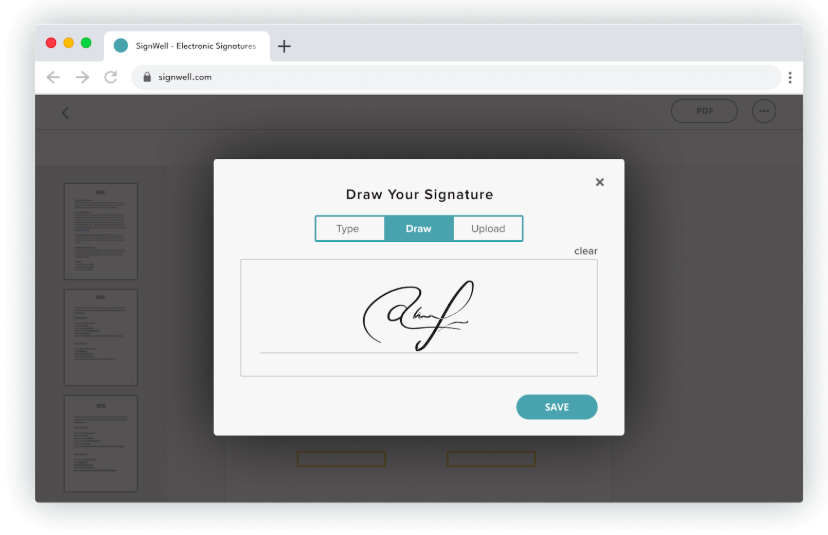
Step 4: Integrate with Document Workflows
With SignWell, you can instantly use your electronic signature across contracts, agreements, and business documents. Our platform automatically manages authentication, audit trails, and legal compliance, so every signature is secure and legally valid.
For more insights, read our guide on How to Optimize a Digital Signature Workflow.
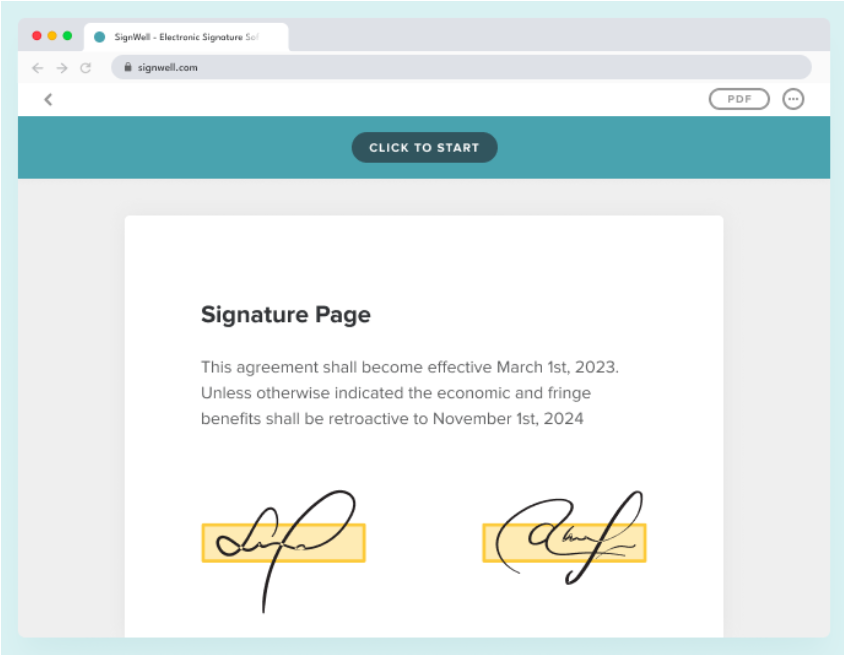
Step 5: Save and Manage
Your digitized signature is securely stored and accessible from any device. With SignWell, you can trust that every signature maintains professional quality and is protected by enterprise-grade security at all times.
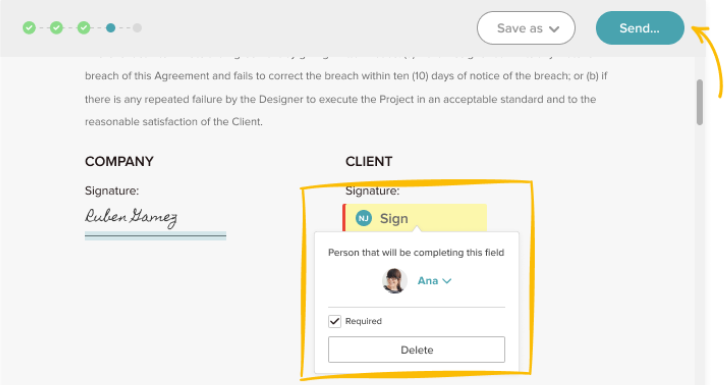
2. High-Quality Scanner Method
Using a professional flatbed scanner is a good way to create a clean, high-resolution version of your handwritten signature.
Here’s how it works;
Step 1: Prepare Your Signature Sample
Create a clean signature sample using black ink on bright white paper. Match your scanner settings to your printer’s capabilities to ensure optimal results.
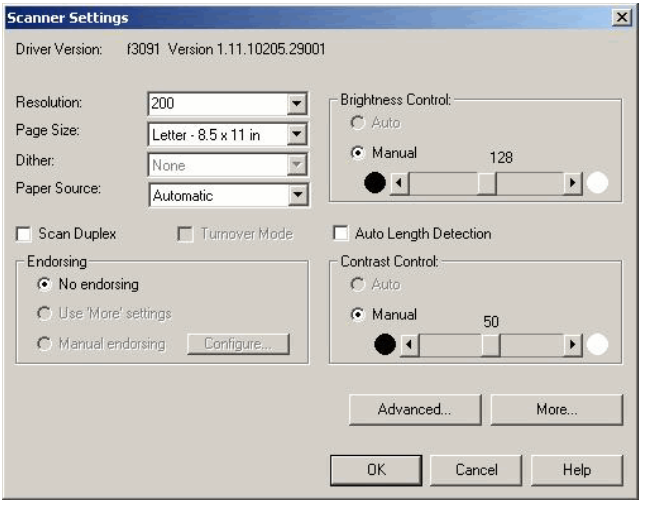
Step 2: Configure Scanner Settings
Set your scanner to 300 DPI for standard business use, as this provides “a good balance between scan speed and legibility”. For premium applications requiring maximum detail, use 600 DPI settings, which capture “twice the image data per inch” for superior signature clarity.
Step 3: Scan and Save
Place the signature sample on the scanner bed and perform the scan. Save the initial file in an uncompressed format like TIFF to preserve maximum quality during editing.
Step 4: Post-Process the Image
Use photo editing software to crop the signature, remove the background, and adjust contrast for optimal clarity. Export the final signature as PNG format to maintain transparency for professional document integration.
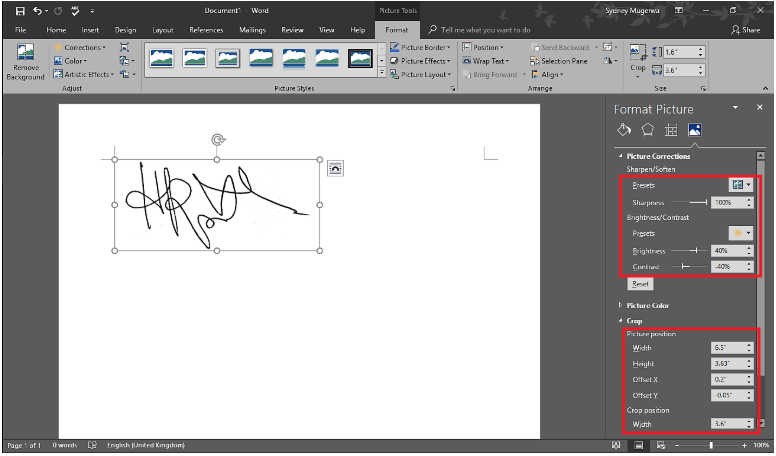
Step 5: Test and Optimize
Preview your digitized signature on sample documents to ensure proper sizing and appearance. Make final adjustments to dimensions and contrast as needed for a consistent professional presentation.
To learn more, read our guide on How to Quickly Create a Scanned Signature.
3. Smartphone Camera Method
Modern smartphone cameras, combined with document scanning apps, can also be a great option to digitize your signature.
Step 1: Set Up Optimal Lighting
Position your signature sample in bright, even lighting to ensure your smartphone can “capture professional-grade quality” at 300 DPI equivalent resolution. Avoid shadows or uneven illumination that can affect image quality.
Step 2: Choose a Professional Scanning App
Install reputable document scanning apps like Adobe Scan, which uses AI to correct image perspective, or CamScanner, which turns your phone into a portable scanner for quick, high-quality signature capture.
Step 3: Position and Capture
Hold your smartphone 6-12 inches directly above the signature sample. Use the app’s document detection features to automatically identify signature boundaries and capture the image with proper perspective correction.
Step 4: Process and Enhance
Most professional scanning apps automatically capture documents “in 200+ DPI” and offer “five color modes to make it look perfect” along with tools to “crop and optimize scanned documents.”
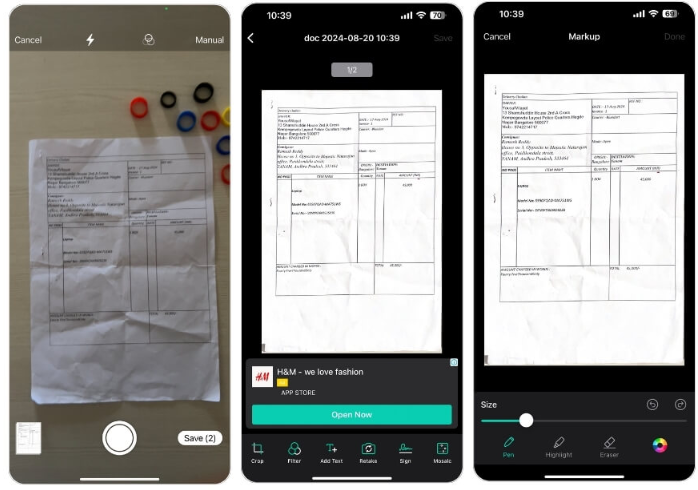
Step 5: Export and Save
Save your digitized signature as “PDF or JPG files” and upload to “major cloud services” including “Google Drive, Dropbox, Evernote, Amazon Drive, OneDrive” for easy access across devices.
4. Digital Drawing Tablet Method
A digital drawing tablet with a pressure-sensitive stylus lets you create an electronic signature that feels just like writing on paper.
Here’s how it works;
Step 1: Set Up Drawing Tablet
Connect your graphics tablet (like Wacom or Huion) and install the recommended drivers. Then, calibrate the pressure sensitivity to match your natural writing style so your digital signature feels and looks authentic.
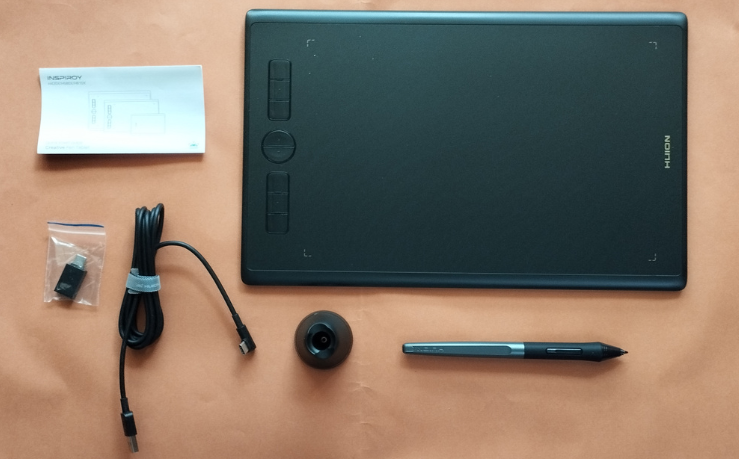
Step 2: Choose Professional Software
Use vector graphics software like Adobe Illustrator for scalable signatures, or raster programs like Photoshop for pixel-based images. Free alternatives include GIMP for raster editing or Inkscape for vector graphics.
Step 3: Create Your Digital Signature
Practice writing your signature a few times with the pressure-sensitive stylus. The tablet will capture your natural pen pressure and stroke variations, helping your digital signature look authentic.
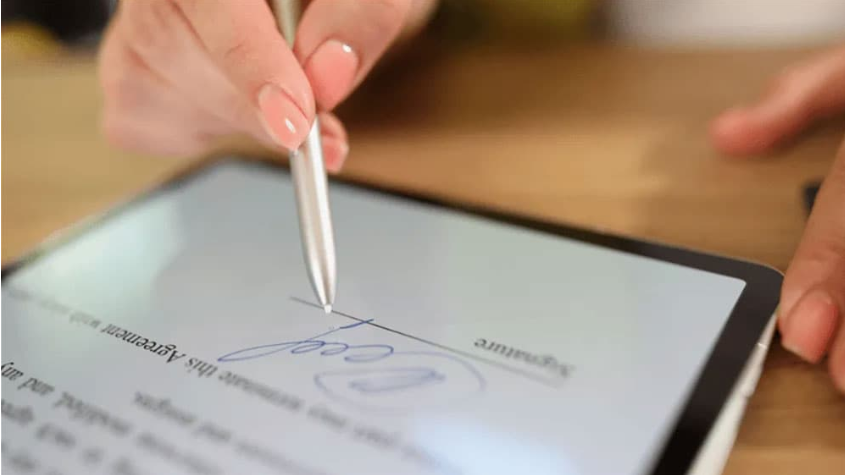
Step 4: Refine and Optimize
Adjust stroke thickness, smooth any imperfections, and optimize the signature’s overall appearance. Vector formats allow unlimited scaling without quality loss, while raster formats provide photorealistic texture.
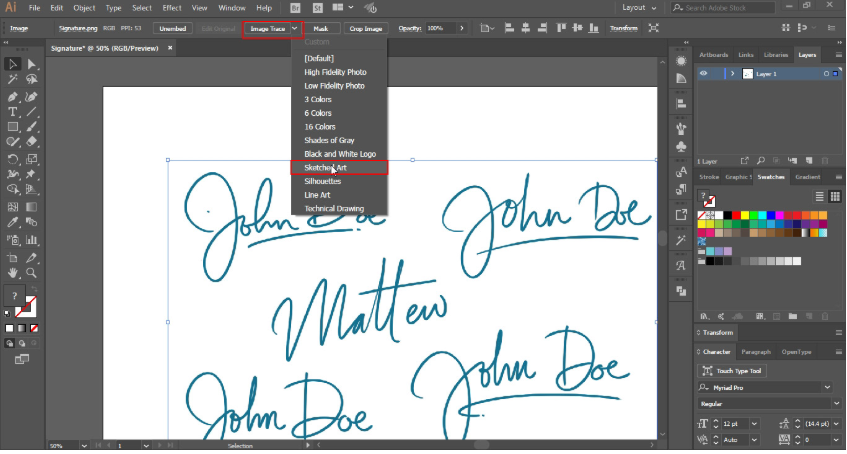
Step 5: Export Multiple Formats
Save your digitized signature in multiple formats: SVG for scalability, PNG for transparency, and JPEG for universal compatibility. Create different sizes optimized for various document applications.
Best Practices for Signature Digitization
- Resolution Requirements: Choose the right resolution based on your needs. Use 300 DPI for quick, shareable scans, or 600 DPI for maximum detail and long-term quality. Higher resolutions, like those used in photo scanning, capture every subtle detail of your signature, ensuring it stays sharp in any format.
- Background and Contrast Optimization: Remove any background completely so your signature looks clean on any document. Then, adjust the contrast to keep it sharp and visible across different file types and printing conditions.
- Consistent Sizing Standards: Keep your signature size proportional and adaptable. Test it on multiple document types, from letters to contracts, to make sure it appears balanced and professional everywhere you use it.
- Color and Style Considerations: Stick with black ink for the most professional and compatible look across documents and printers. Only use color if your brand guidelines specifically call for it.
- File Protection Protocols: Store your digitized signature in a secure, access-controlled location. For added protection, consider encryption and keep a backup in a trusted cloud storage to prevent loss or unauthorized use.
- Legal Compliance Requirements: A digitized signature is legally valid when it reflects your intent to sign. Strengthen compliance by maintaining audit trails and using platforms like SignWell that support authentication and industry regulations.
Digitize Your Signature Effortlessly with SignWell
Creating a professional digital signature shouldn’t be complicated. Whether you’re moving away from paper-based workflows or looking to simplify how you sign documents, digitizing your signature is the first step toward a faster, more organized process.
With SignWell, you can easily create, store, and use your digitized signature across any document, all while maintaining legal compliance and professional quality. The platform automatically optimizes signature clarity, secures your files, and integrates seamlessly with your existing tools, so you can manage every signing task in one place.
Streamline your workflow today. Try SignWell for free now, no credit required.
Get documents signed in minutes.
Simple, secure, affordable e-signatures
by  .
.
Get Started Today
businesses served
customer support satisfaction
documents signed